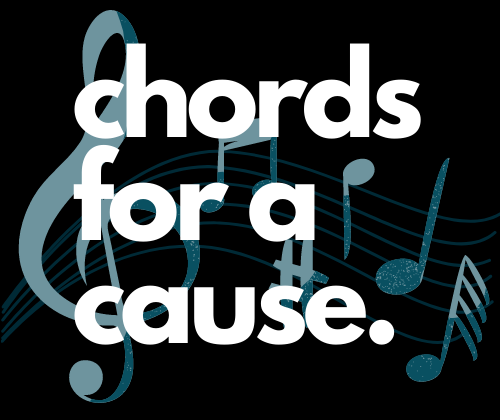The Physics of Sound Waves

We receive thousands of auditory cues daily. From cars honking to babies crying to notifications on our phone, these signals are a huge part of our lives.
We can learn a lot about ourselves and the way we perceive our world by understanding how sound actually works. This starts with understanding what a wave actually is.
What is a Wave?
A wave transfers energy from one place to another. This is done by a series of vibrations that carry the energy. Each wave has two major properties that distinguish it from another wave; frequency and amplitude.
You can learn more about a practical application of sound frequency here: http://chordsforacause.org/binaural-beats-what-are-they-and-how-can-we-use-them/

Frequency
Frequency is the number of times a wave passes a fixed point (in this image, the purple lines) in a given time period. Our standard measure of frequency, Hertz (Hz), measures the number of times this happens per second.

Amplitude
Amplitude is the “height of a wave,” In the image shown, it is the length of the purple line. It tells us how big the disturbance at the point of the wave measured is by calculating the distance between the flat, undisturbed medium and the disturbance at the top of the wave.
As can be seen in this video, volume and pitch of a note is directly correlated with its amplitude and frequency.
What is Sound?
Sound is a vibration that travels as a wave through a medium. That’s it. While this may sound simple, there’s much more to it than one may imagine. Because sound travels in a wave form, we can use physics to study the properties of sound and how it is transmitted.
Sound waves are created by oscillations. When something moves back and forth, the atoms and molecules in that area move back and forth as well. With this in mind, we see that this continues outward from the source, the sound is spread.
Pitch
Most of us know of the property of pitch and how we can create different notes. Unfortunately, most people don’t understand the physics aspect of how this works.
Pitch can be changed by altering the frequency of a wave. The higher the frequency of the wave, the higher the pitch. In other words, the air is vibrating more times per second. The lower the frequency, the lower pitch, meaning that the wave is vibrating fewer times per second.

In this image, the top red wave is vibrating at a higher frequency, so it has a higher pitch. The bottom, orange wave is vibrating at a lower frequency, making it have a lower sounding pitch.
Volume
Similar to pitch, the volume of a sound can be changed as well. This is done by changing the amplitude of a wave. As we increase the amplitude of the wave, the sound becomes louder. Likewise, as we decrease the amplitude, the softer our sound becomes. For example, when we strum our guitar harder or hit piano keys more forcefully, we are creating a bigger disturbance, leading to a higher amplitude and therefore, a louder sound.

In this image, the red wave has a higher amplitude, so the sound produced by it has a larger volume. The orange wave has a smaller amplitude leading to a lower volume.
As an example, an awesome simulation from the University of Colorado Boulder that demonstrates the properties of waves:
Knowing these things, we can better understand how our actions when playing music affect the sound we produce.
The Science of Sound. (n.d.). Retrieved June 25, 2020, from https://www.nasa.gov/specials/X59/science-of-sound.html

